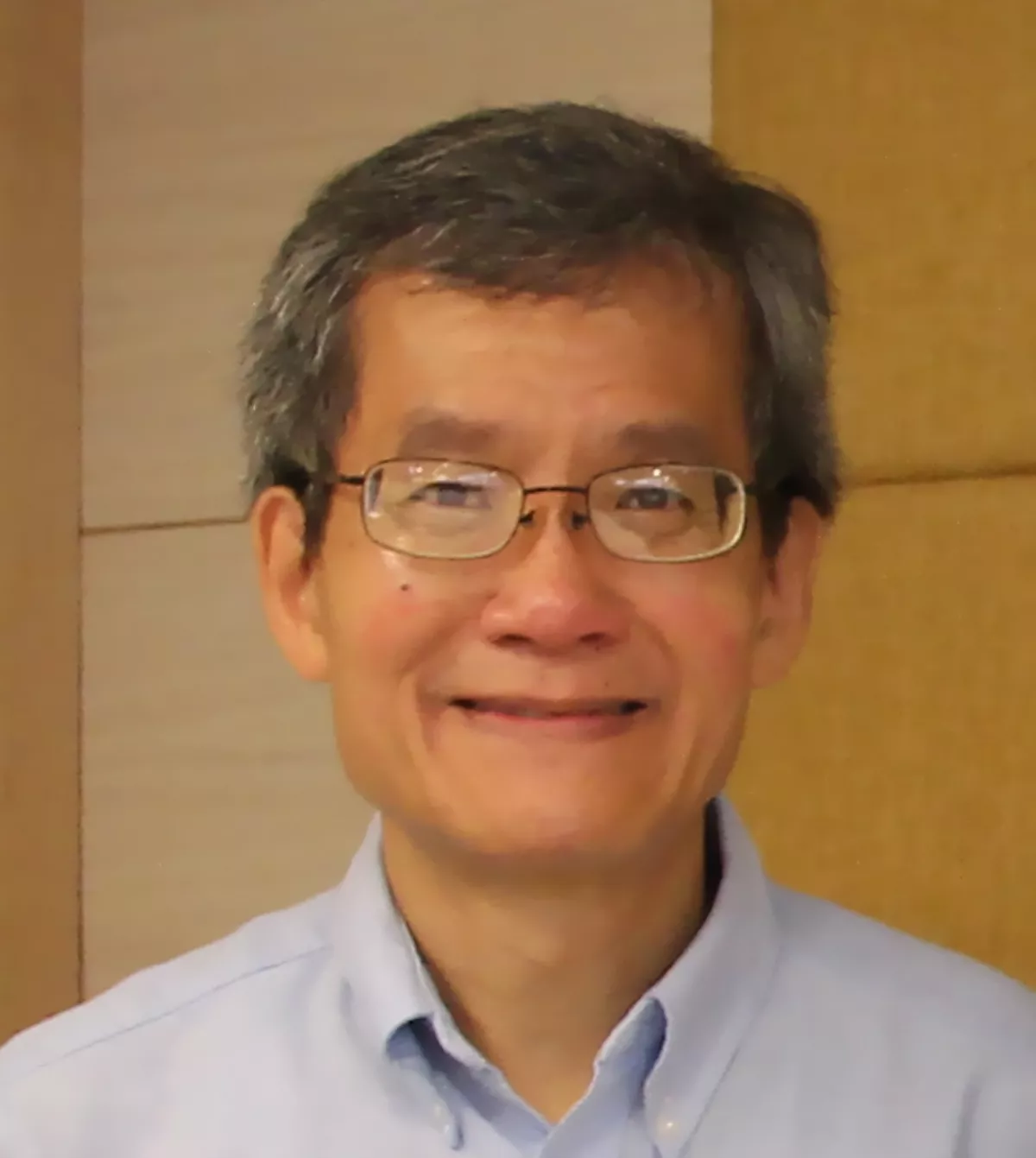 1.
1. Kam-Biu Luk is a professor of physics, with a focus on particle physics, at UC Berkeley and a senior faculty scientist in the Lawrence Berkeley National Laboratory's physics division.

 1.
1. Kam-Biu Luk is a professor of physics, with a focus on particle physics, at UC Berkeley and a senior faculty scientist in the Lawrence Berkeley National Laboratory's physics division.
Kam-Biu Luk received a Doctor of Science honoris causa from the Hong Kong University of Science and Technology in 2016.
Kam-Biu Luk is a fellow of the American Physical Society, and the American Academy of Arts and Sciences.
Kam-Biu Luk continued his work in physics by conducting his postdoctoral research at the University of Washington in Seattle until 1986.
In 1989, Kam-Biu Luk received a joint appointment as an assistant professor of the Physics Department at UC Berkeley and faculty scientist at the Lawrence Berkeley National Laboratory.
Kam-Biu Luk was awarded a Sloan Fellowship between 1990 and 1994, which is awarded to "those who show the most outstanding promise of making fundamental contributions to new knowledge".
Kam-Biu Luk became a Miller Professor at UC Berkeley in the fall of 2001.
Kam-Biu Luk was a visiting professor in Hong Kong University of Science and Technology.
Kam-Biu Luk is currently a Hung Hing Ying distinguished visiting professor in science of The University of Hong Kong, and a senior visiting fellow of the Jockey Club Institute for Advanced Study at the Hong Kong University of Science and Technology.
Kam-Biu Luk conducts research in particle physics both as a professor at UC Berkeley and as a scientist at the Lawrence Berkeley National Laboratory.
Kam-Biu Luk has published a number of papers on neutrino oscillation, including his 2014 Panofsky Prize winning research at the Daya Bay Nuclear Power Plant.
Kam-Biu Luk discovered polarization of the charged anti-cascade hyperon that laid the experimental foundation for investigating CP violation in charged-cascade decays.
Kam-Biu Luk continues to explore CP Violation but in the neutrino sector through the participation of DUNE.